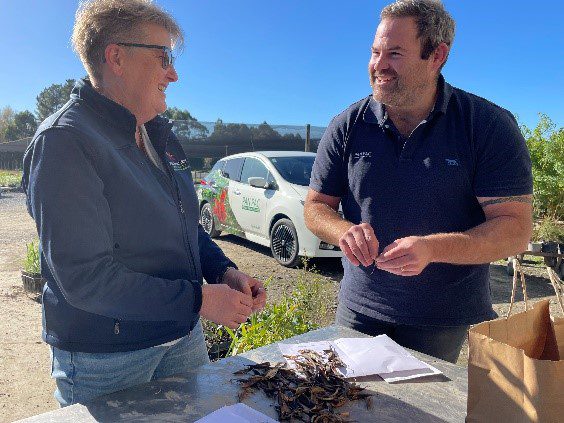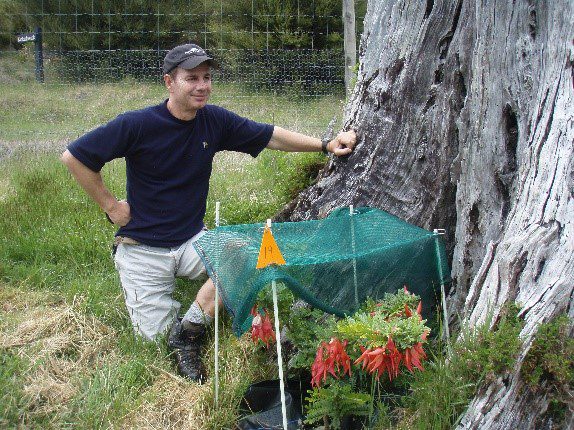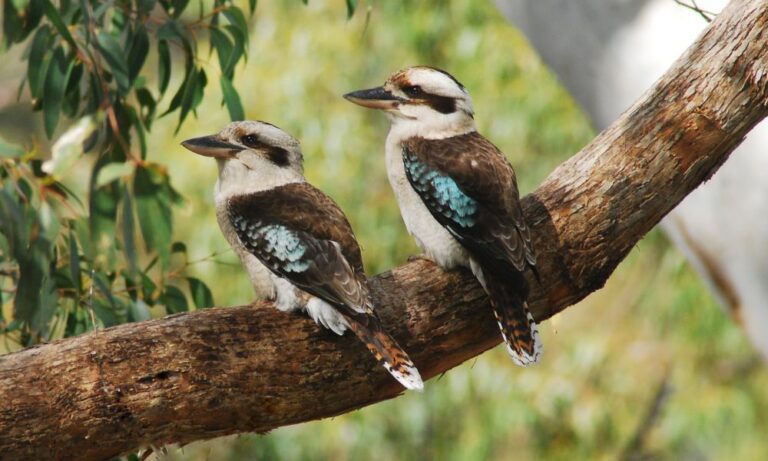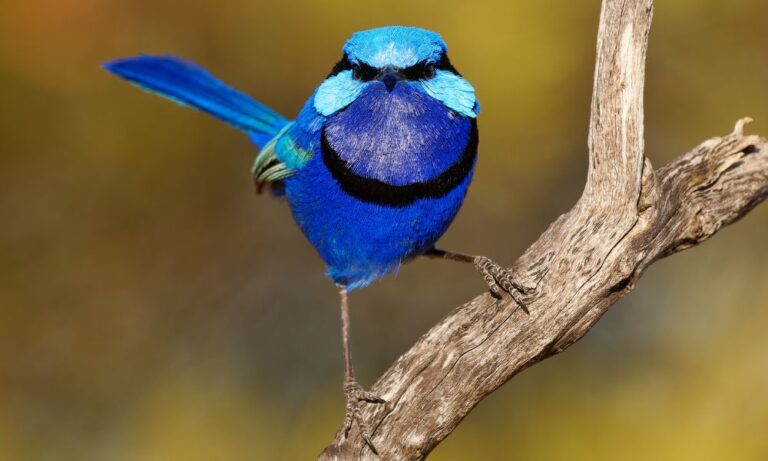Over 1,000 specimens of this nearly extinct plant were distributed to schools, marae, and gardens across the district just in time, as Cyclone Gabrielle inundated a plant nursery central to the national kākābeak preservation campaign.
Plant Hawke’s Bay, led by biodiversity advocate Marie Taylor, suffered significant damage during the cyclone, burying two-thirds of the adult kākābeak plants used for propagation and an essential collection of wild kākābeak seeds. These domestic kākābeak varieties, while common in gardens, have unknown abilities to survive in the wild.
Predators such as goats and deer have decimated the wild kākābeak population, leaving only about 100 plants in the wild and giving it a “Nationally Critical” threatened plant ranking in New Zealand.
Fortunately, before the disaster struck, conservationists had distributed numerous young plants, descendants of wild stock propagated from wild seed. These were distributed to safe locations across Hawke’s Bay, mitigating potential losses.

The wild seed used for propagation came from the country’s largest plantation of wild kākābeak, established in protected enclosures by the Forest Lifeforce Restoration Trust in the Maungataniwha Native Forest in inland Hawke’s Bay. Many of these plants survived the cyclone and were used to propagate kākābeak varieties at Plant Hawke’s Bay.
This distribution of plants now acts as “Noah’s Arks” for kākābeak, safeguarding the species in various locations throughout Hawke’s Bay.
While some kākābeak are planted back into parts of the Maungataniwha Native Forest, the Urban Kākābeak Project aims to provide more protected sites, educate the public, and build a community around the plant. These “safe sites” include marae, home gardens, and schools in Hastings, among others.
The project’s goal is to restock the nursery at Plant Hawke’s Bay and reintroduce kākābeak into the wild in areas cleared of pests and predators.

What you can do to help
Conservationists are calling on hunters, anglers, trampers, and rafters to report sightings of wild kākābeak plants. New finds can expand the genetic pool available for propagation efforts, helping to secure the future of this critically endangered species. Observations should be reported to the nearest Department of Conservation (DOC) office, including precise GPS coordinates if possible, especially during the kākābeak’s flowering season when it’s easier to spot.
By working together and taking proactive measures, conservationists are determined to protect and preserve the rare kākābeak for future generations.







